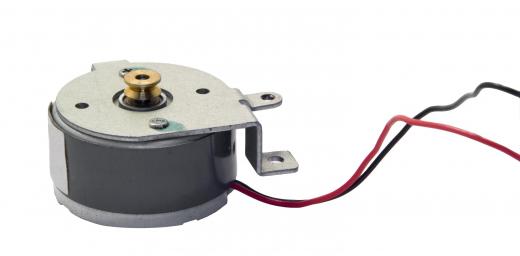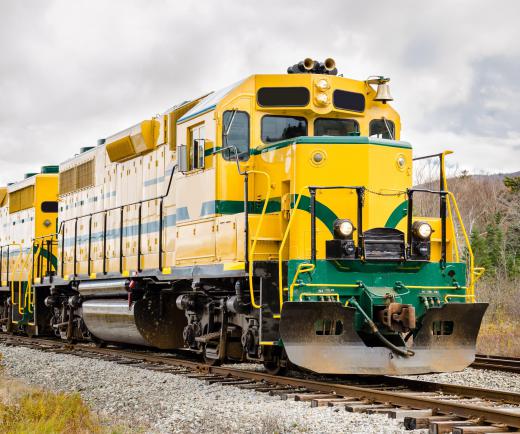Electric motors can generally be divided into several types: alternating current (AC) motors, direct current (DC) motors, and universal motors. A DC motor will not run when supplied with AC current, nor will an AC motor run with DC current; a universal motor will run with either AC or DC current. AC motors are further subdivided into single phase and three phase motors. Single phase AC electrical supply is what is typically supplied in a home. Three phase electrical power is commonly only available in a factory setting.
DC motors are also split into types. These include brush motors, brushless motors, and stepper motors. Of these types, brush motors are by far the most common. They are easy to build and very cost effective. Their major drawback is that they use carbon brushes to transfer electrical current to the rotating part, and these brushes wear over time and eventually result in the failure of the electric motor. The DC brushless motor eliminates the brushes, but is more costly and requires much more complicated drive electronics to operate.

A stepper motor is a special type of brushless motor that is used primarily in automation systems. A stepper motor uses a special type of construction that allows a computerized control system to "step" the rotation of the motor. This is very important when controlling a robotic arm. For instance, when you wish to move a specific distance as directed by a procedure in a program on the computer, a stepper motor may be the best choice.

Universal motors tend to have many features in common with DC motors, particularly brush motors. Also called series-wound motors, they are most commonly found in household appliances that run very fast for a short period of time. Food processors, blenders, and vacuum cleaners all often operate with universal motors.
Electric motors are usually sized in horsepower. The most common sizes are what are called fractional horsepower motors, i.e. 1/2 horsepower or 1/4 horsepower. Larger motors are typically only found in factories, where they can range in size to thousands of horsepower.

Electric motors also come with various speed ratings. Speed is usually specified as rotations per minute (RPM) at no load condition. As the motor is loaded down, the speed will slow down. If the motor is loaded too heavily, the motor shaft will stop. This is known as the stall speed and should be avoided.
Before you order an electric motor, you should determine the mounting type you require, the start up torque, the type of enclosure required, and the type of shaft output required. There are many choices in each of these categories. Hopefully, you just need to replace an existing motor that has failed and the salesperson can help you find a direct replacement. Otherwise, specifying the correct electric motor can be a daunting task.
